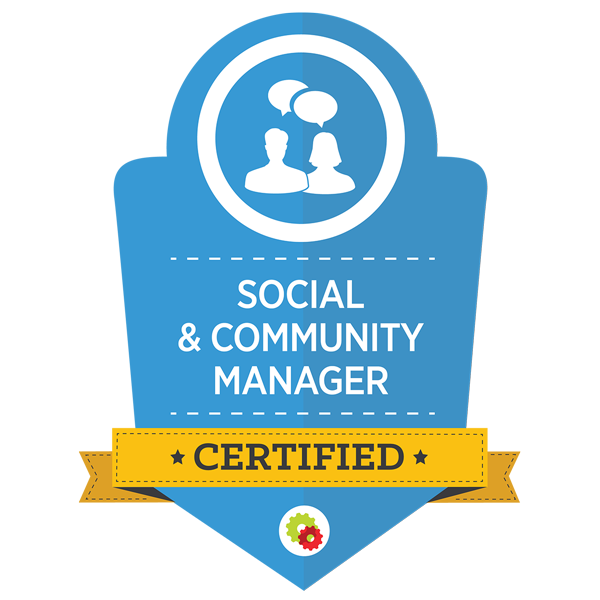NLP: Reframing and Examples of Reframing Techniques
|
A situation can have many different meanings, depending upon how you choose to put your attention onto it, or what meaning you ascribe to it. Any given situation can have multiple meanings--good, bad or neutral. It all quite literally, depends on your point of view. In NLP reframing, we change the meaning of the situation by either putting it into a different context, a different setting. Just about everyone has had the experience of going through a very negative situation, that, years later, we can look back on and find funny, or inconsequential. So why not take the situation in the now moment and put it into a long-term re-frame? This can be one of the most useful techniques that NLP has contributed. |
|

In changing the framing of an event, we change the meaning of it. Guess what happens then? We get a different response, different behavior toward the event. Here is an example: A person goes to an event dressed as a ghoul--an evil spirit that supposedly robs graves, consumes human flesh and feeds on dead bodies, and is morbidly interested in death and disaster. You can readily see that different reactions from people would occur depending on whether the event is a Halloween party or a funeral! A totally different meaning is ascribed to the situation.
We see examples of reframing in jokes. One thing (the set up) shifts to another as the punch line takes you in a different direction.
The concept of reframing is not new. It has been used in fairy tales and fables, and illustrates how behavior changes when the meaning, or frame, changes. For instance, in the story about The Ugly Duckling, we have a young chick who looks vastly different than the other duck chicks he is surrounded by. When he compares himself to the other ducklings, he sees himself as ugly. Until he discovers he is a beautiful swan.
To find ways to reframe a situation, there are two questions you can ask yourself:
1. A context reframe: In what context could this be useful?
2. A content reframe: What else could this mean?

Context reframing goes back to the NLP presupposition that "every behavior can be useful in some situation," so coming up with a useful context can help you change your response to the behavior.
Content reframing is based on the NLP presupposition that "all behavior has a positive intent." You can look for the positive intention of a behavior. The positive intention of the rebellious acts of a teenager is to utimately become an autonomous, self-reliant and self-sufficient adult.
When you expand your mind to different possible meanings, at a deep level you are reminded that there is more than one way to perceive the situation. This, in turn, creates a generalization. Now the thing that seemed like a big problem might not be so much of a problem anymore.
Resources/References:
http://www.life-enrich.com/en/articles/nlp/techniques/reframing
http://nlp-mentor.com/nlp-reframing/
Tags: NLP












